A couple of months ago when I was doing a workshop in St. Petersburg, I had the pleasure of meeting Mike Azevedo. For those of you who do not know him, he is a fantasy artist from Brazil. He was doing a workshop lecture talking about his process and what he thought was important to him in creating illustrations and concept art. We went through both our presentations beforehand and as soon as he showed me his slides and talked passionately about it, I knew I should try and make him do a feature here on Muddy Colors.
What I really like about his art is the energetic colourful style. You can see from the way he paintsthat he is fast and spontaneous, something I really envy. But it is an equal mix of controlled technic and knowledge combined with wild rough strokes.
-Jesper Ejsing
I’m Mike Azevedo, From Brazil, and first of all I wanted to thank Jesper for inviting me to contribute to this blog that helped me so much over the years.
The way I look at painting is very much like a form of visual communication, the same way you should think about what you’re going to say before you speak I try always to think about what my painting is going to say before I paint, and all the decisions I have during the painting process are the consequence of that.
The hard part about digital work is that it’s not clear that you have to think, because “saying” things is so easy, and you don’t have to commit, you can go back and say it again, and that mentality makes it harder to realize that your decisions matter and you should have some structure in your process. (or else your painting is gonna look like a mess of decisions, I’ve been there many many times)
Therefore, simplifying the process and having a clear read on which stage you’re at is a good way of not getting lost, it’s like juggling, learning how to juggle with five different objects is probably not gonna take you anywhere, but start with one, and then adding another, and another is an easier way to learn, taking one step at the time, the big problem with the internet is that we’re exposed to many great jugglers (painters) when we start.
It helps to think that way because when you are at a certain stage of the painting, for example, anatomy, and you see problems with that stage, you should just not move forward until its solved, because if you do you’ll end up with a weak structure and that is going to ruin the next stage and so on, imagine you’re building a house, you’re not gonna worry about door handles before the foundation is solid, and if you do its probably gonna be a distraction, here’s an example of how I sometimes separate the process:
It’s still important to know how to execute each stage, of course, knowing that you have to deal with anatomy doesn’t make it easy, but it makes it a bit easier, because you are only worrying about that, instead of worrying about every problem ever (I did/do that way to often too).
When you watch an artist you like you shouldn’t necessarly copy what he does, but you should aim to understand why he does it, and its okay if your painting does not work in the first try, you can always try again, I think having a good balance between anxiety and comfort when you are painting is the way to go, too much of one and it starts to go downhill very fast.
Despite all of that, its fun to try to merge some stages of the painting and have more of a “free” process sometimes, and with more knowledge of the fundamentals comes more control over each stage, and less anxiety to move to the next. To exemplify that, I made a small video:
[youtube https://www.youtube.com/watch?v=zrawPVjWNlU]
Have fun and thanks for reading/watching!


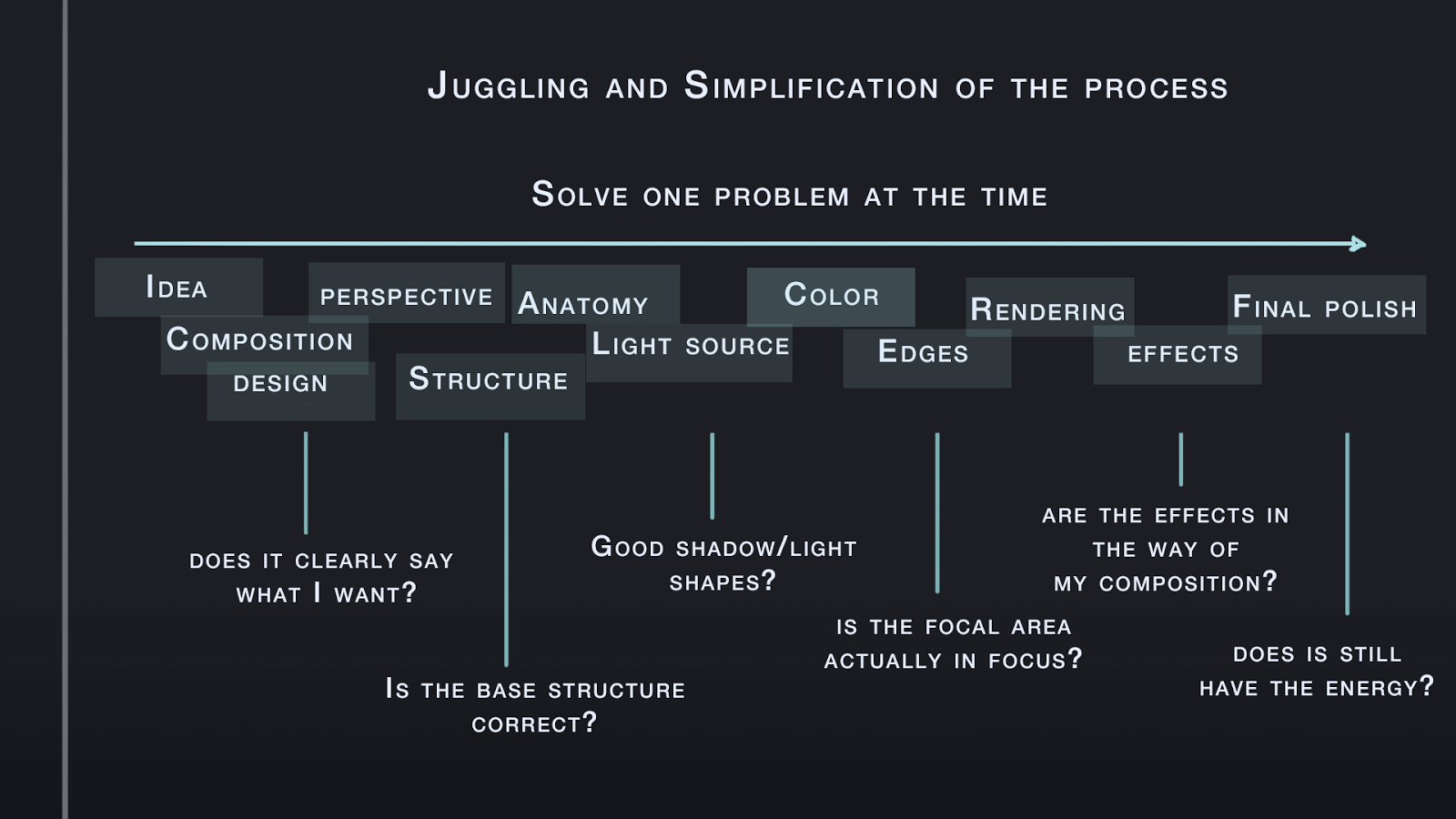

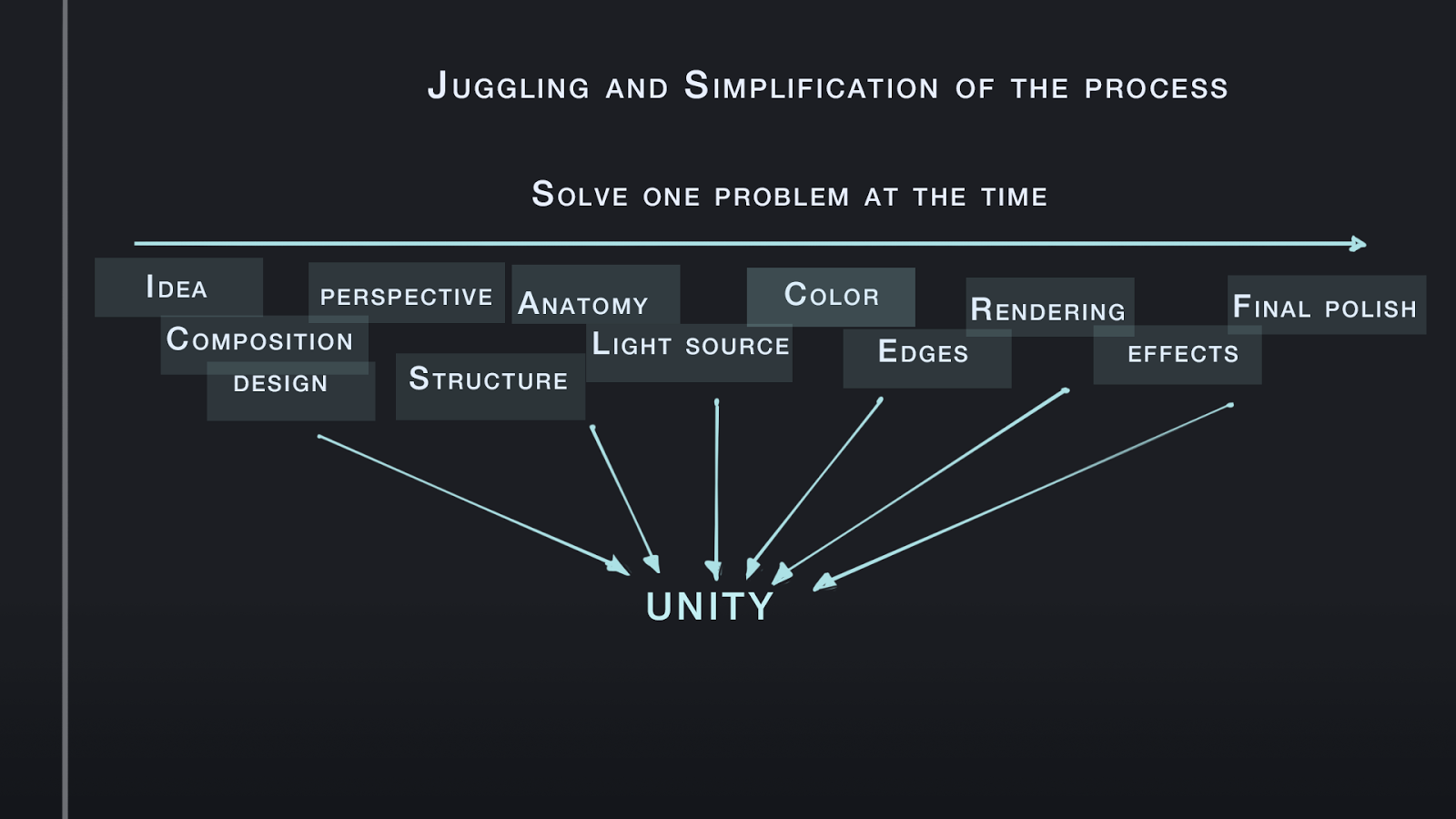
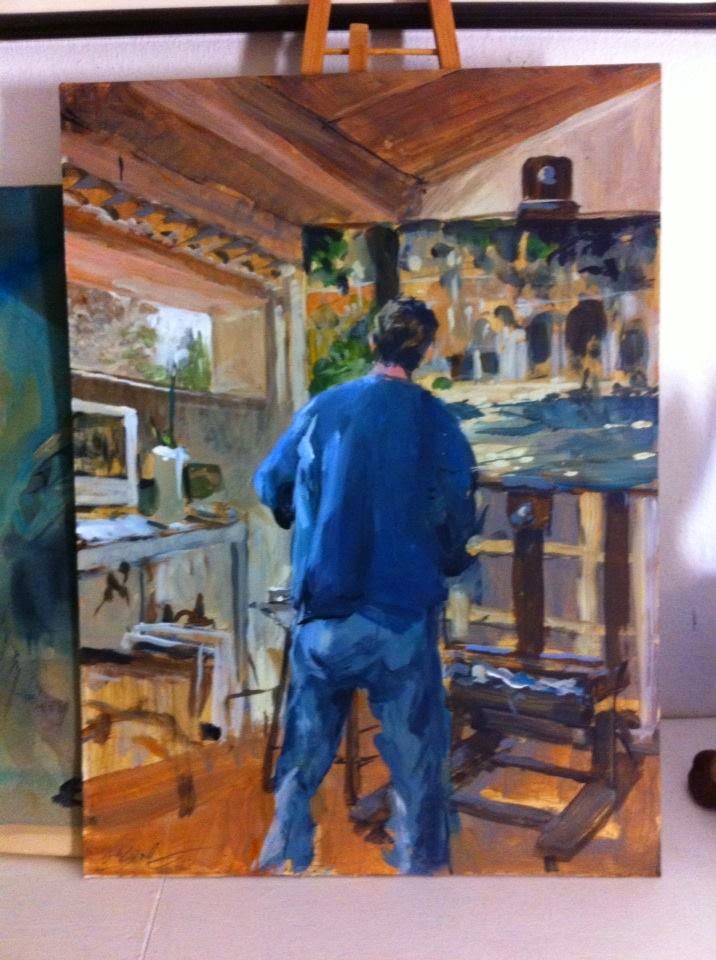
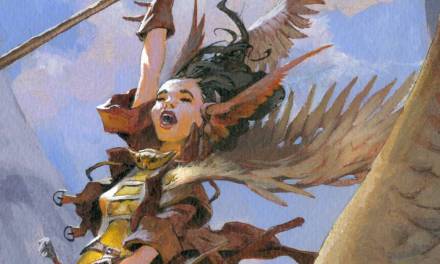
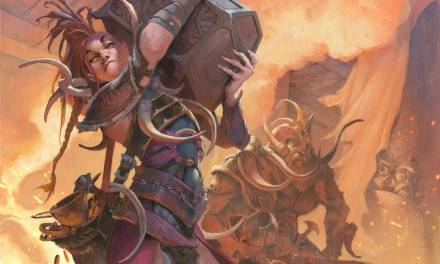
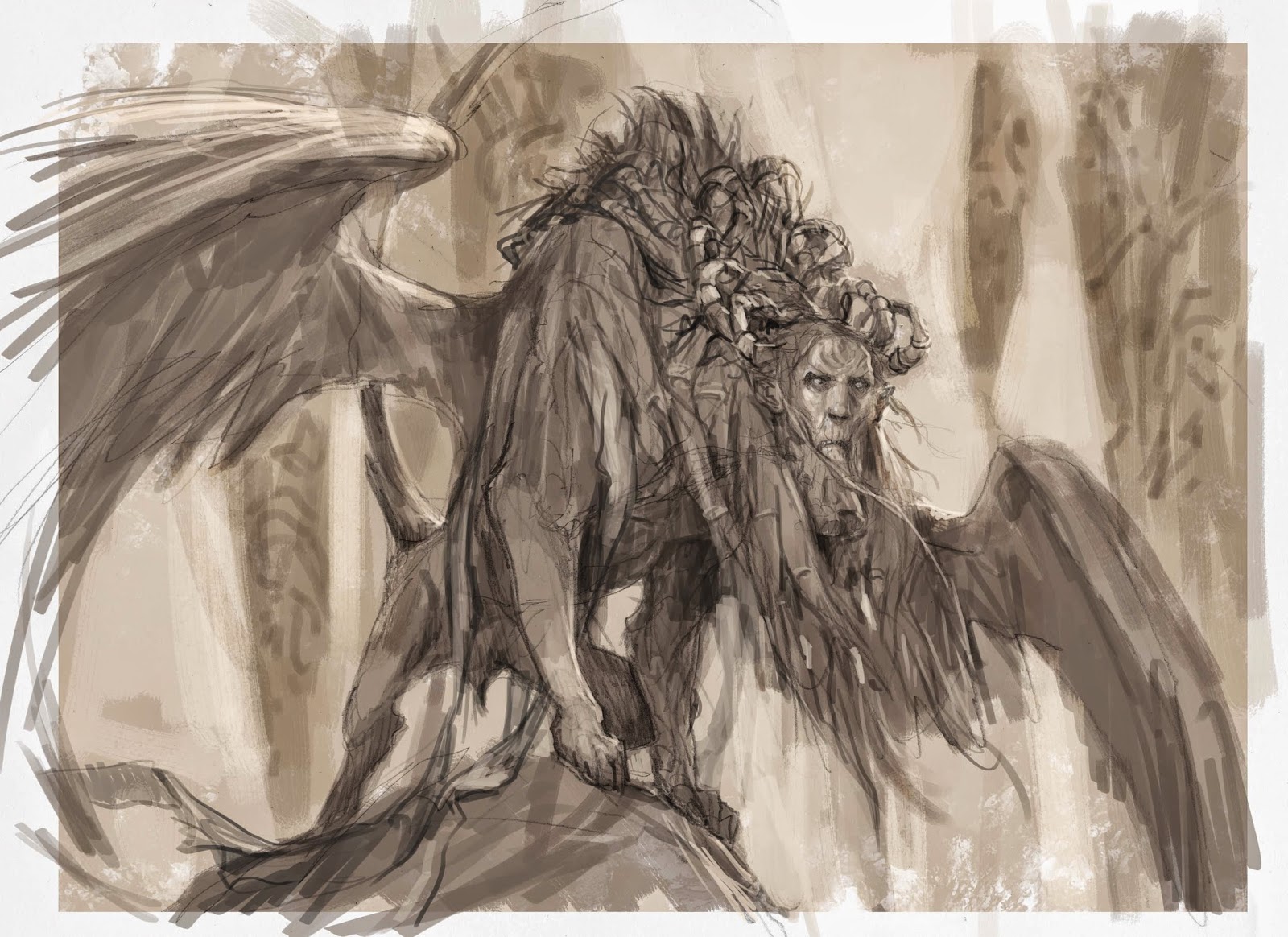

Very cool blog, cool entry.
Thanks Mike! I haven't watched anyone paint digitally before and it's amazing to me how much you make the process look like traditional painting. Super video.
It's probably easier for you, because you probably have a house gnome or something at your place who will model for you. 😉 Great job on video, and good points, too.
The charts are good, too!